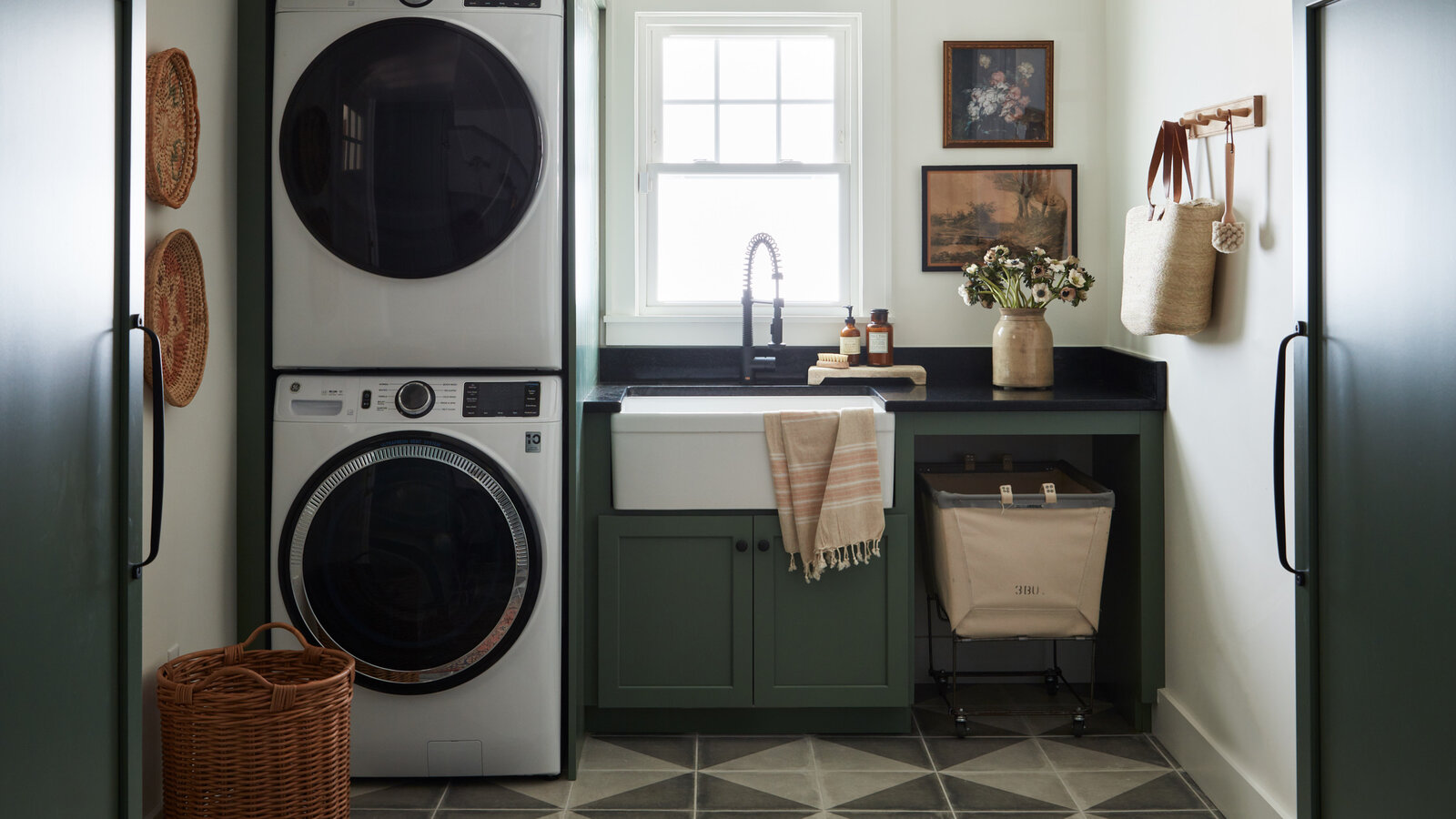

Articles
How Big Should A Laundry Room Be
Modified: February 29, 2024
Discover the ideal size for a laundry room with our informative articles. Find out how big your laundry room should be to maximize functionality and efficiency.
(Many of the links in this article redirect to a specific reviewed product. Your purchase of these products through affiliate links helps to generate commission for Storables.com, at no extra cost. Learn more)
Introduction
When it comes to designing or renovating a laundry room, size is an important factor to consider. A laundry room should be functional, spacious, and have enough room to accommodate all the necessary appliances and storage. But just how big should a laundry room be?
There is no one-size-fits-all answer to this question, as the ideal size of a laundry room can vary depending on several factors. These factors include the number of people in the household, the frequency of laundry loads, the amount of space available, and personal preferences.
In this article, we will explore the various factors to consider when determining the size of a laundry room, as well as the minimum size requirements and average size recommendations. We will also discuss how to utilize the available space efficiently and provide additional features and considerations for an optimized laundry room design.
Whether you are planning a new laundry room or renovating an existing one, understanding the ideal size will help you create a functional and efficient space that meets your needs and enhances your laundry experience.
Key Takeaways:
- The ideal size of a laundry room depends on factors like household size, laundry frequency, and available space. Consider minimum requirements and average recommendations to create a functional and efficient space tailored to your needs.
- Efficiently utilize space with vertical storage, multipurpose surfaces, and compact appliances. Enhance your laundry room with natural lighting, task lighting, and additional features like a drying rack or pet washing station for a more enjoyable laundry experience.
Read more: How Big Should A Dining Room Be?
Factors to Consider
When determining the size of a laundry room, it is crucial to consider various factors that can impact its functionality and usability. Here are some key factors to consider:
- Number of Household Members: The number of people in your household plays a significant role in determining the size of your laundry room. Larger households with more family members usually generate more laundry, requiring additional space to sort, wash, and dry clothes.
- Laundry Load Frequency: Consider how often you do laundry. Some households prefer doing smaller loads more frequently, while others prefer larger loads at longer intervals. This will impact the amount of space needed for storing dirty laundry, as well as the size of the washer and dryer required.
- Available Space: Assess the physical space you have available for your laundry room. Measure the dimensions of the room to determine how much space you can allocate to appliances, storage, and other features. Consider factors such as ceiling height and the possibility of incorporating cabinets or countertops.
- Storage Needs: Evaluate your storage needs and preferences. Do you have bulky items like bedding or towels that require additional storage space? Determine whether you want to incorporate cabinets, shelves, or other storage solutions to keep your laundry room organized and clutter-free.
- Additional Functions: Consider if your laundry room will serve any additional functions. Will it double as a mudroom or a storage area for cleaning supplies? If so, factor in the space required for these functions when determining the overall size of the room.
- Personal Preferences: Finally, consider your personal preferences and how you envision using your laundry room. Would you like a spacious area to fold clothes, or do you prefer a compact and efficient space? Your personal preferences will play a vital role in determining the ideal size for your laundry room.
By taking these factors into account, you can make informed decisions about the size of your laundry room to ensure it meets your specific needs and enhances your laundry routine.
Minimum Size Requirements
While the ideal size of a laundry room depends on several factors, there are some general guidelines and minimum size requirements to ensure a functional and comfortable space. Here are the minimum size requirements for a laundry room:
- Appliance Space: Allow enough space for standard-sized appliances, including a washer and dryer. The minimum width for a washer and dryer is typically 24 inches (60 centimeters) each. Ensure that there is enough depth for the appliances to fit comfortably while leaving space for ventilation.
- Clearance Space: Maintain adequate clearance space around the appliances to facilitate easy operation and access. A minimum of 6 inches (15 centimeters) is recommended on each side of the appliances, as well as above them, to allow for proper ventilation and maintenance.
- Walking Clearance: Allow enough space for comfortable movement within the laundry room. Aim for a minimum of 36 inches (91 centimeters) of clear walking space between appliances, walls, and other obstructions.
- Countertop or Folding Area: Include a countertop or folding area for sorting and folding laundry. Allow for a width of at least 24 inches (60 centimeters) and a depth of 18 inches (45 centimeters) for a functional folding space.
- Storage Space: Allocate enough storage space for laundry supplies, cleaning products, and other essentials. A minimum of one or two shelves or cabinets is recommended to keep everything organized.
- Utility Sink: If you plan to include a utility sink, allocate enough space for it. A sink typically requires a width of around 18-24 inches (45-60 centimeters) and a depth of 15-20 inches (38-50 centimeters).
It is important to note that these minimum requirements may vary depending on the specific appliances and fixtures you choose. Always consult the manufacturer’s specifications and guidelines for accurate measurements to ensure proper installation and functionality.
While these are the minimum size requirements, keep in mind that a larger laundry room can offer added convenience and flexibility. It allows for easier movement, additional storage, and the option to incorporate other features such as a drying rack or ironing station.
Average Size Recommendations
While the minimum size requirements provide a starting point for designing a functional laundry room, many homeowners prefer to have a bit more space for added comfort and convenience. Here are some average size recommendations for a well-designed and spacious laundry room:
- Total Square Footage: Aim for a total square footage of at least 50-60 square feet (4.6-5.6 square meters) for a standard laundry room. This measurement includes the area for appliances, storage, countertops, and other features.
- Appliance Area: Allocate a width of 60-72 inches (152-183 centimeters) for the appliances, which allows for standard-sized washer and dryer units along with necessary clearance space.
- Clearance Space: Maintain a clearance space of 12-18 inches (30-45 centimeters) on each side of the appliances and above them for proper ventilation and maintenance.
- Countertop or Folding Area: Designate a countertop or folding area with a width of at least 36-48 inches (91-122 centimeters) and a depth of 24-30 inches (61-76 centimeters) to provide ample space for sorting and folding laundry.
- Storage Space: Incorporate storage options such as overhead cabinets, shelves, or built-in closets to keep laundry supplies and cleaning products organized. Allocate a minimum width of 36 inches (91 centimeters) and a depth of 12-18 inches (30-45 centimeters).
- Utility Sink: If including a utility sink, allow for a width of 24-36 inches (61-91 centimeters) and a depth of 18-24 inches (45-61 centimeters) to accommodate the sink and provide a functional work area around it.
These average size recommendations provide enough space for efficient workflow, ample storage, and additional features like a folding station or ironing area. However, it is essential to customize the dimensions based on your specific needs, available space, and personal preferences.
Remember, the size of your laundry room should ultimately be tailored to your specific requirements and the available space in your home. Taking into account the factors mentioned earlier will help you determine the ideal size and create a laundry room that meets your needs and enhances your laundry routine.
When planning the size of a laundry room, consider the space needed for appliances, storage, folding, and ironing. A minimum of 36-42 square feet is recommended for a functional and comfortable laundry room.
Utilizing Space Efficiently
Creating an efficient laundry room is not just about the size, but also how well you utilize the available space. Here are some tips for maximizing space efficiency in your laundry room:
- Vertical Storage: Make use of vertical space by installing shelves or cabinets that stretch up to the ceiling. This allows for better organization and storage of laundry supplies, keeping them easily accessible but out of the way.
- Multipurpose Surfaces: Consider incorporating multifunctional surfaces in your laundry room. For example, install a countertop over the appliances that can double as a folding area or a workspace for other tasks.
- Pull-out Solutions: Utilize pull-out features for efficient use of space. Install pull-out drawers or shelves for easy access to laundry products, cleaning supplies, or even a hidden ironing board.
- Hanging Space: Install a hanging rod or a retractable clothesline for air-drying clothes. This can save space and prevent clutter, especially if you don’t have enough room for a separate drying rack.
- Cabinet Organizers: Maximize cabinet space by incorporating organizers such as pull-out baskets, dividers, or racks. These can help keep smaller items like socks, cleaning tools, or ironing accessories neatly organized and easily accessible.
- Compact Appliances: Consider using compact washer and dryer units or stackable models if space is limited. These models can help save valuable floor space without compromising functionality.
- Utility Sink Options: If a dedicated utility sink is not an option, consider using a collapsible or portable sink that can be stored away when not in use. This allows you to have a sink for specific tasks while maximizing space efficiency.
- Utilize Overhead Space: Hang drying racks or even install a suspended or wall-mounted ironing board to make use of empty wall or ceiling space.
By implementing these space-saving strategies, you can transform even a small laundry room into a functional and efficient space that meets all of your laundry needs.
Read more: Where Should The Laundry Room Be Located
Additional Features and Considerations
When designing your laundry room, there are additional features and considerations that can enhance its functionality and make the space more enjoyable to use. Here are some ideas to consider:
- Natural Lighting: If possible, incorporate natural lighting into your laundry room by adding windows or skylights. Natural light not only brightens up the space but also provides a more pleasant environment for doing laundry.
- Task Lighting: Install adequate task lighting to ensure that you have proper visibility while sorting, folding, or ironing clothes. Consider using under-cabinet lights or adjustable spotlights to illuminate specific areas.
- Adequate Electrical Outlets: Ensure that your laundry room has enough electrical outlets to accommodate all of your appliances and any additional devices you may need, such as a garment steamer or a sewing machine.
- Soundproofing: If your laundry room is near living spaces or bedrooms, consider adding soundproofing materials to minimize noise from the appliances during operation. This can help create a more peaceful environment in the rest of your home.
- Drying Rack: Include a dedicated drying rack in your laundry room for air-drying delicate items that cannot be tumble-dried. A wall-mounted or retractable drying rack can save space while providing a convenient spot for drying clothes.
- Ironing Station: If you frequently iron clothes, consider creating a dedicated ironing station in your laundry room. Include a sturdy ironing board, storage for ironing supplies, and easy access to electrical outlets for ironing convenience.
- Pet Washing Station: If you have pets, consider incorporating a pet washing station in your laundry room. This can include a utility sink or a designated area with a removable showerhead, making it easier to bathe your furry friends.
- Color and Décor: Don’t forget to add some color and personal touches to your laundry room. Paint the walls with a vibrant hue or use decorative elements such as artwork or plants to create a more inviting and aesthetically pleasing space.
Remember to consider your specific needs and preferences when incorporating these additional features into your laundry room design. They can help transform your laundry chores into a more enjoyable and efficient experience.
Conclusion
Designing the perfect laundry room involves careful consideration of various factors, including the number of household members, laundry load frequency, available space, storage needs, and personal preferences. While there are minimum size requirements to ensure functionality, the ideal size of a laundry room may vary depending on individual circumstances.
By taking into account factors such as appliance space, clearance space, walking clearance, countertop or folding area, storage space, and utility sink requirements, you can determine the minimum size requirements for a laundry room. However, it’s important to note that these are just starting points, and a larger laundry room can offer added convenience and flexibility.
Incorporating efficient space utilization strategies, such as vertical storage, multipurpose surfaces, pull-out solutions, and compact appliances, can help make the most of the available space in your laundry room. Additional features like natural lighting, task lighting, soundproofing, drying racks, ironing stations, and pet washing stations can further enhance the functionality and enjoyment of your laundry room.
Ultimately, the size and design of your laundry room should be tailored to your specific needs and the available space in your home. Creating a well-designed and spacious laundry room can not only make your laundry chores more manageable but also add value to your home.
Whether you are planning a new laundry room or renovating an existing one, careful consideration of these factors, along with your personal preferences and style, will help you create a functional and efficient laundry room that meets your needs and enhances your laundry experience.
So go ahead, explore the various options, and create a laundry room that makes doing laundry a breeze!
Frequently Asked Questions about How Big Should A Laundry Room Be
Was this page helpful?
At Storables.com, we guarantee accurate and reliable information. Our content, validated by Expert Board Contributors, is crafted following stringent Editorial Policies. We're committed to providing you with well-researched, expert-backed insights for all your informational needs.
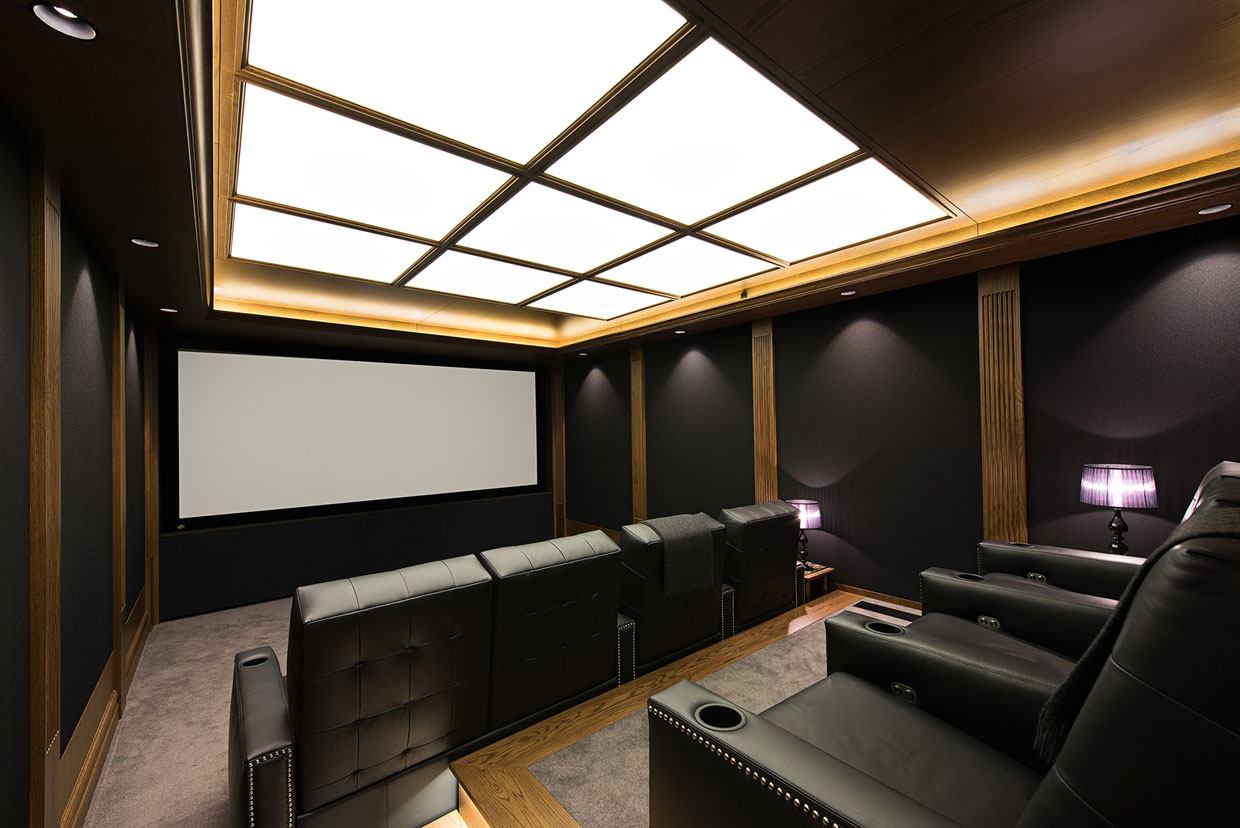
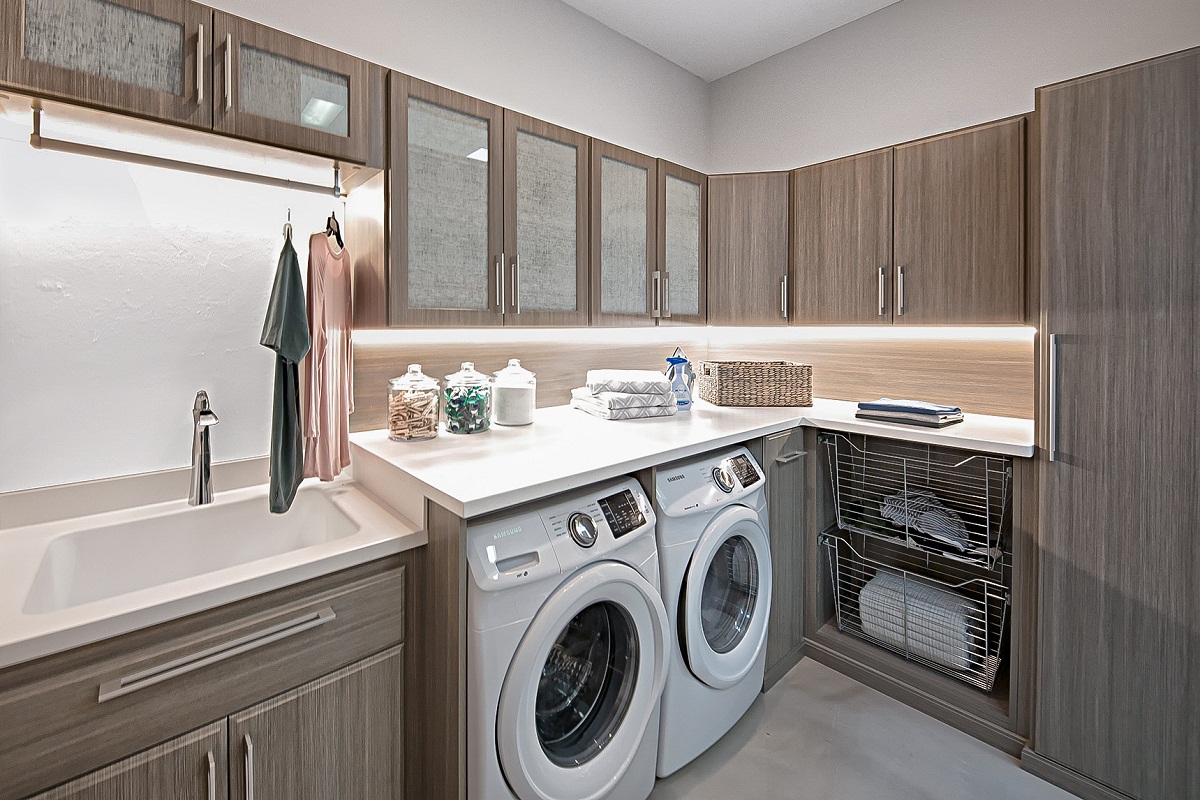

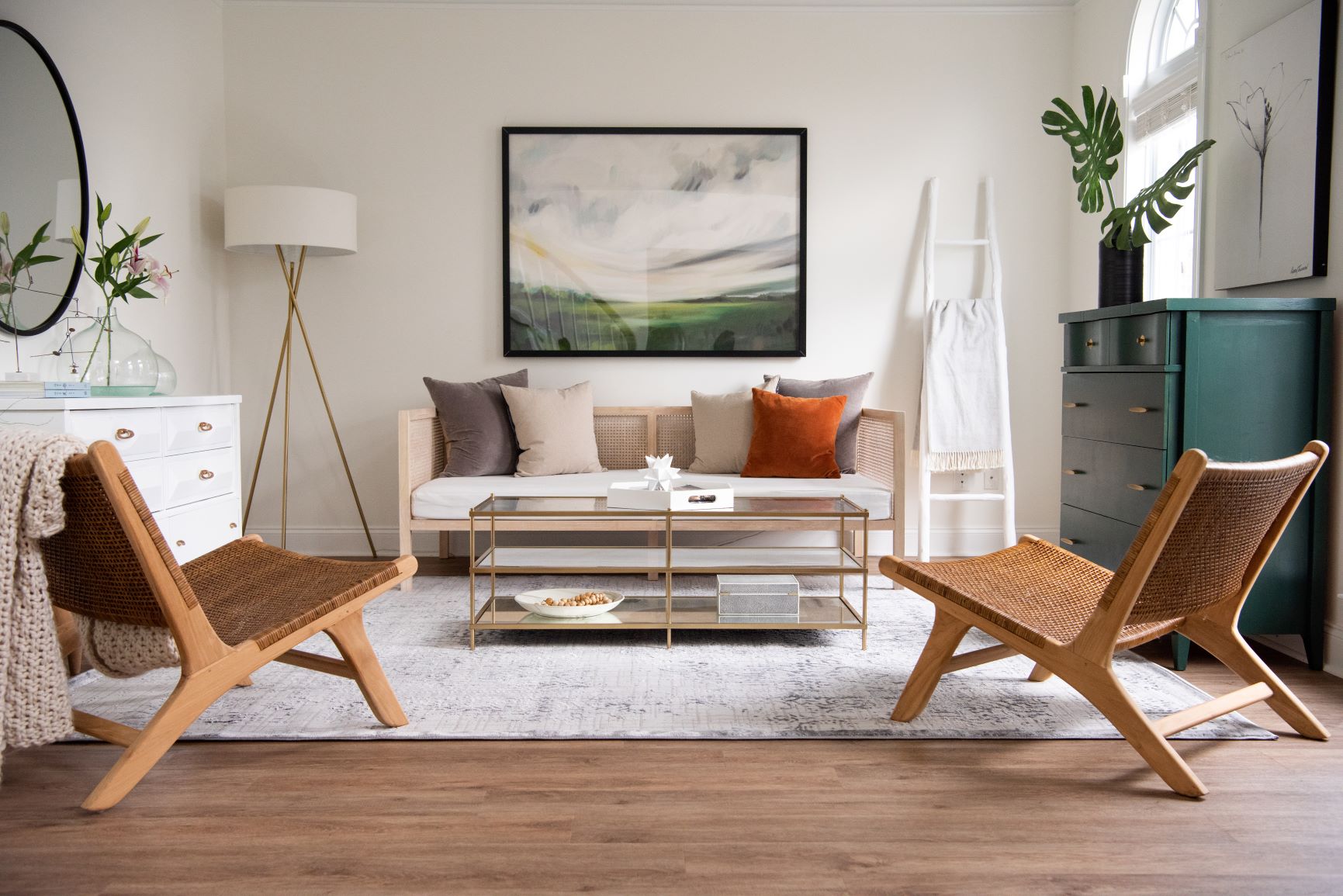
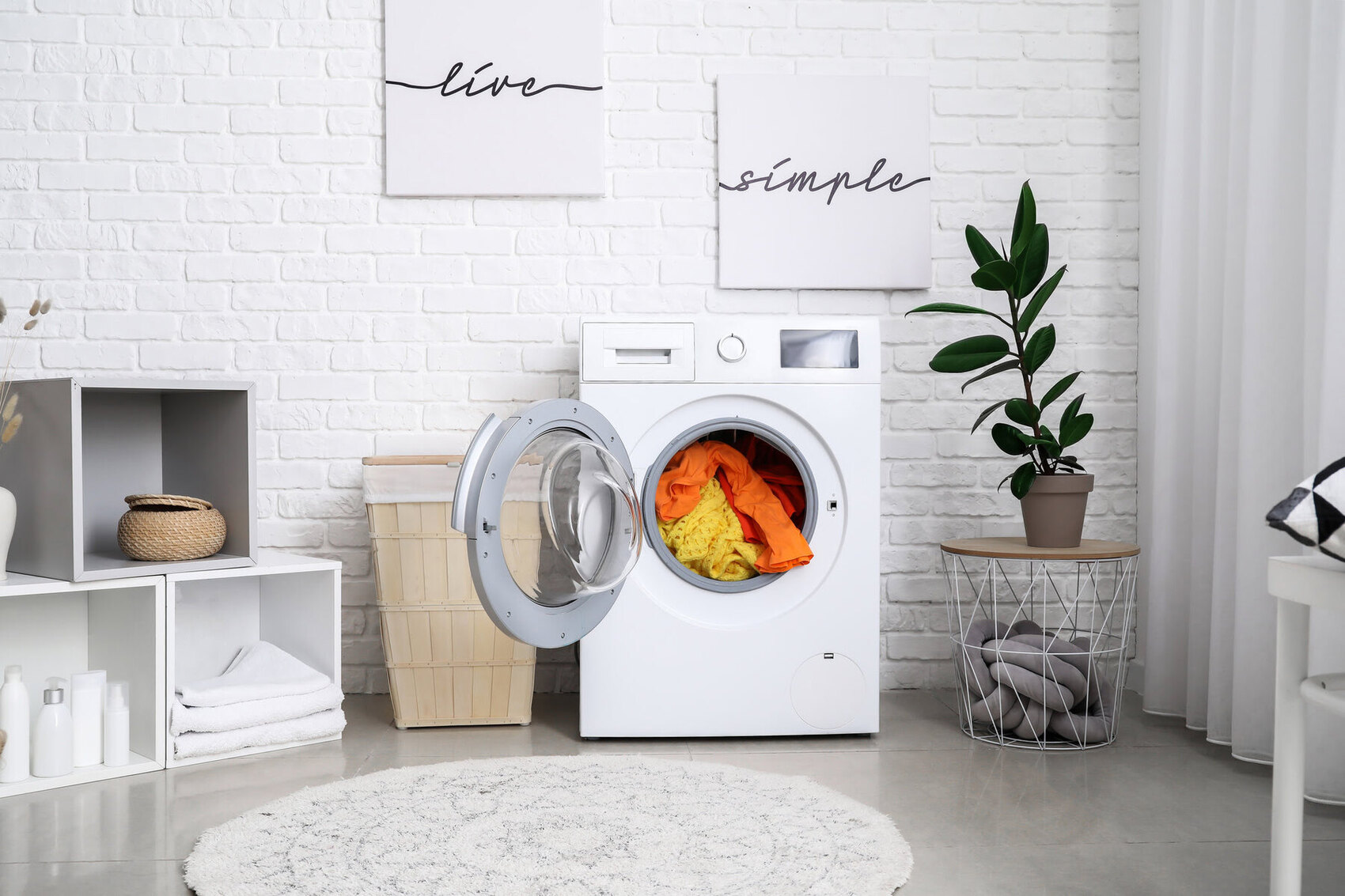
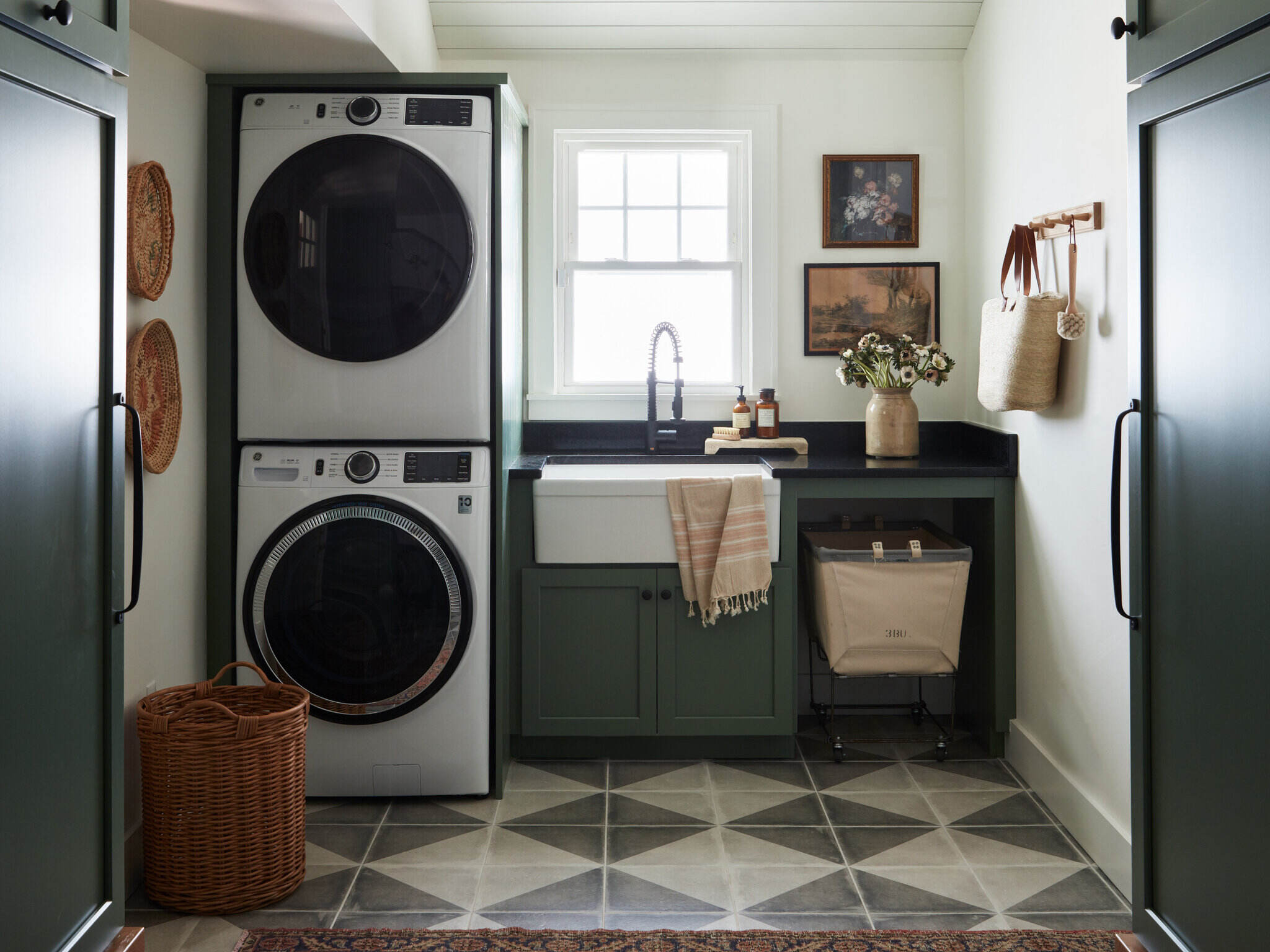
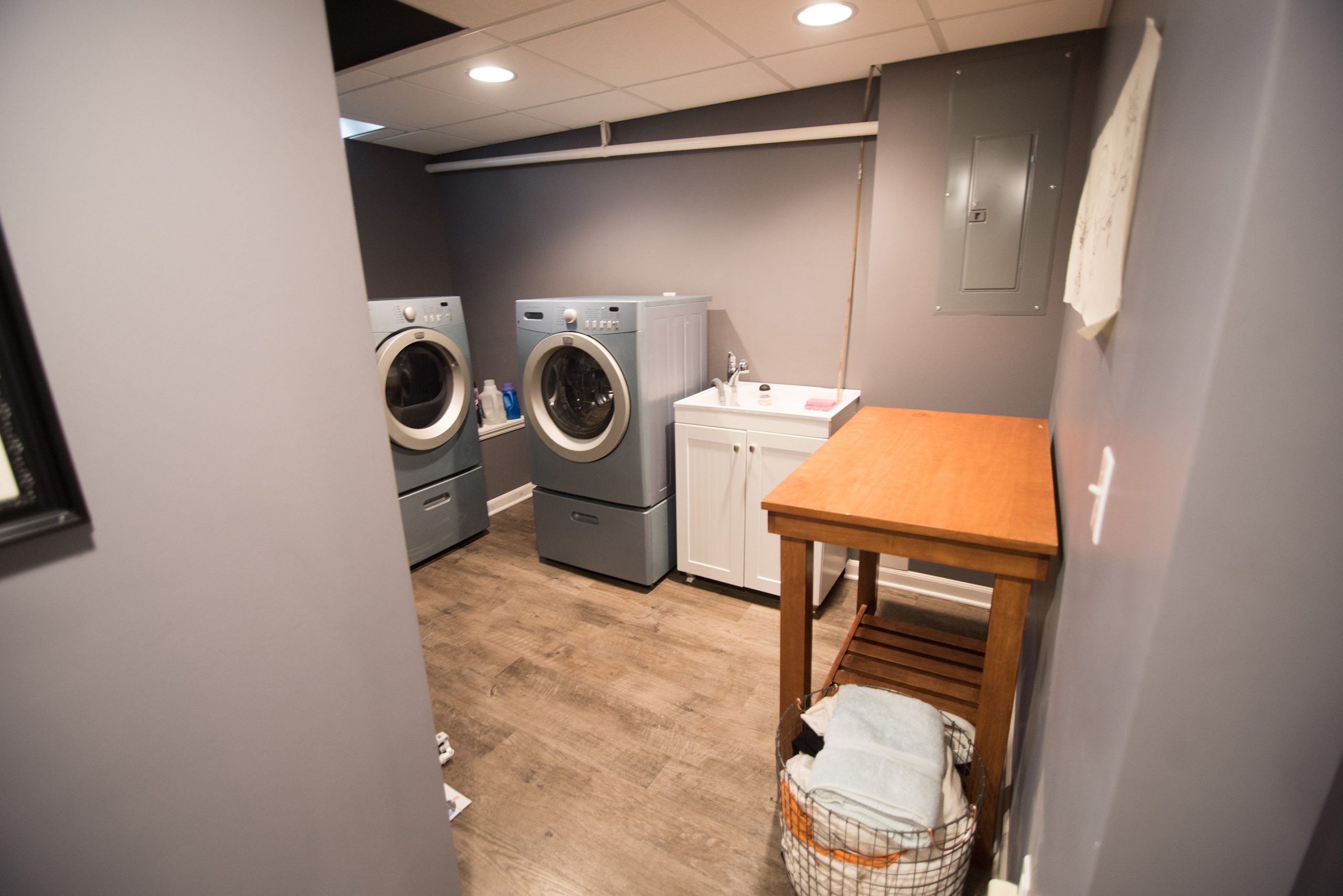
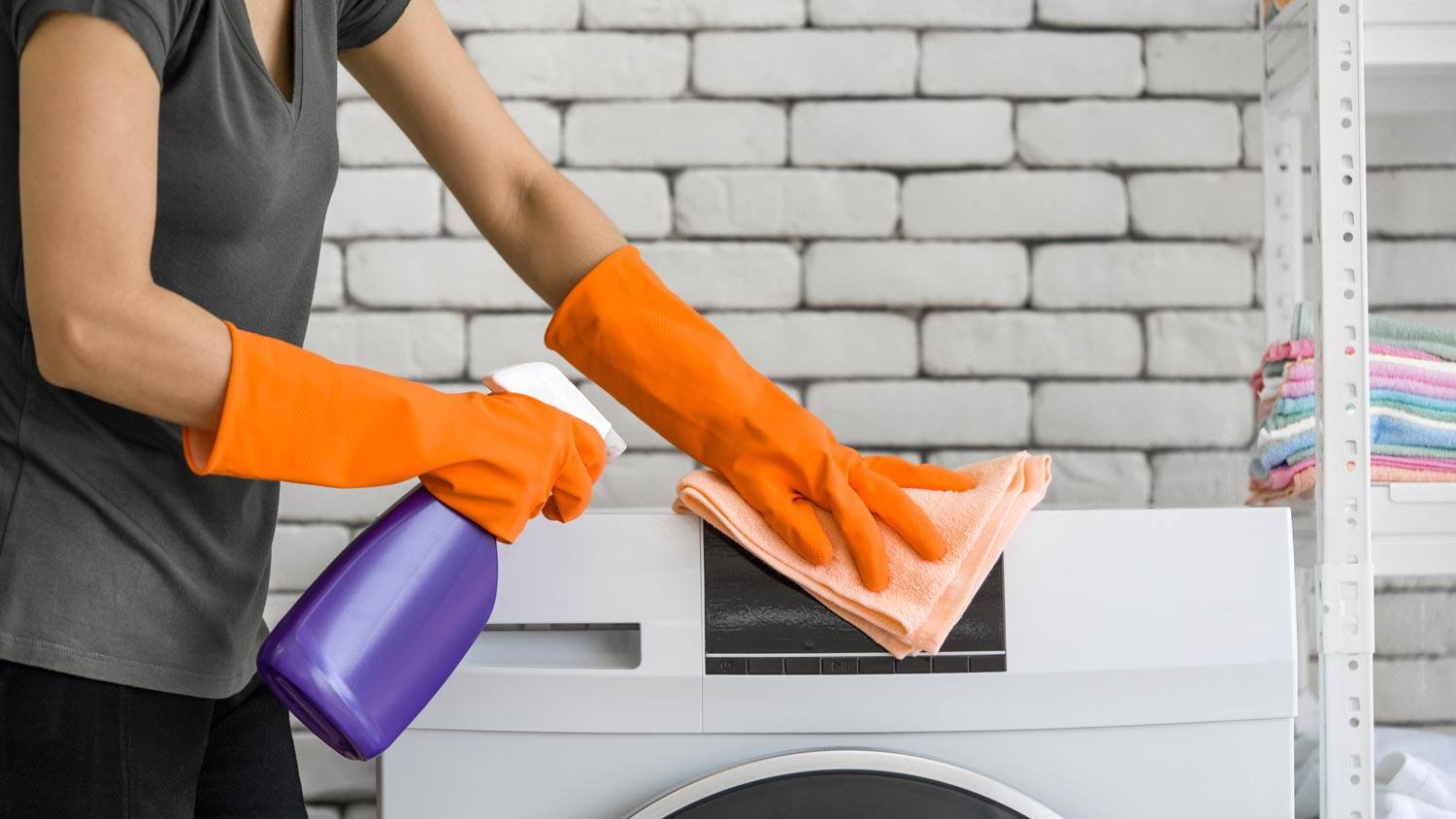
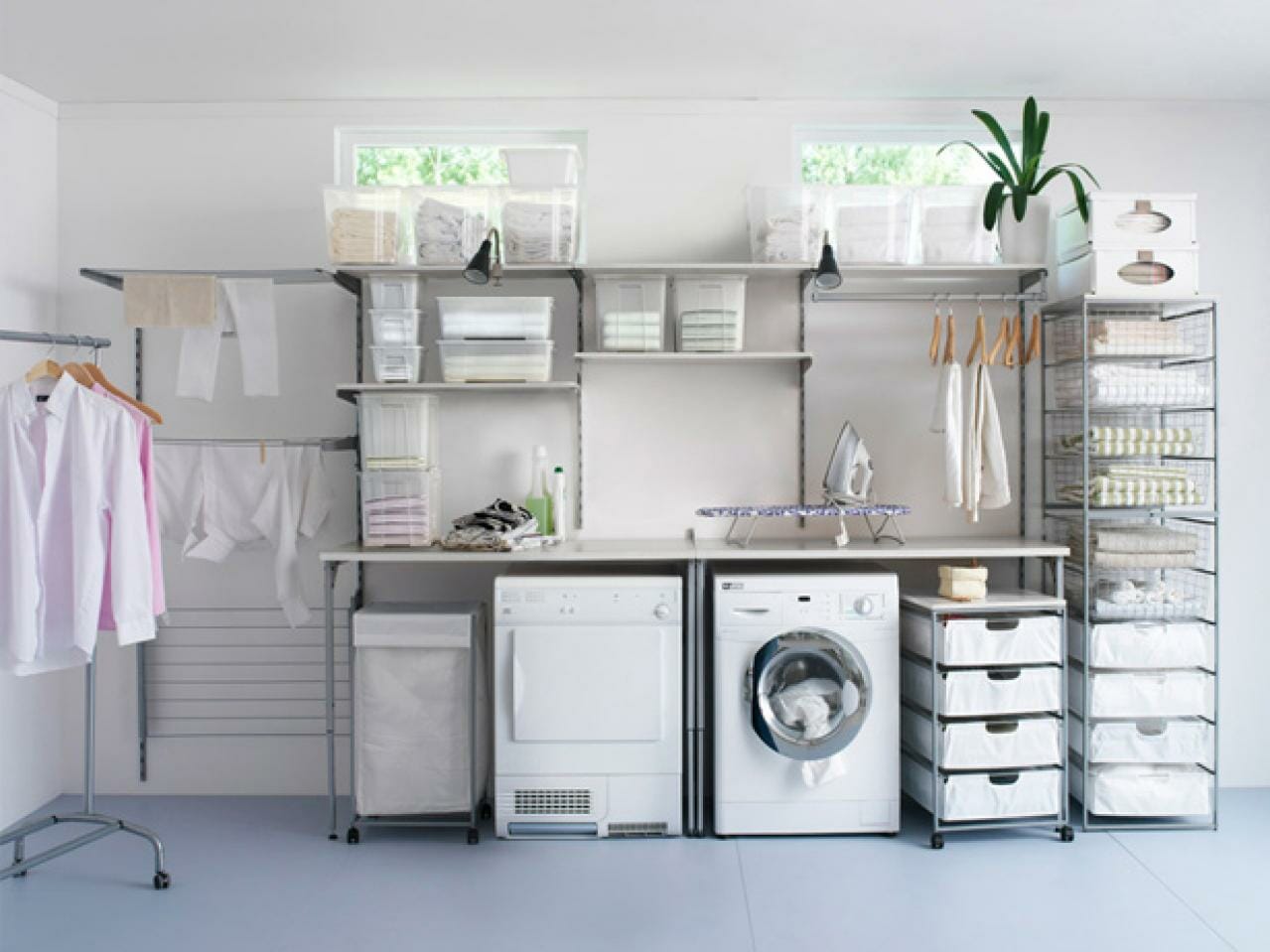

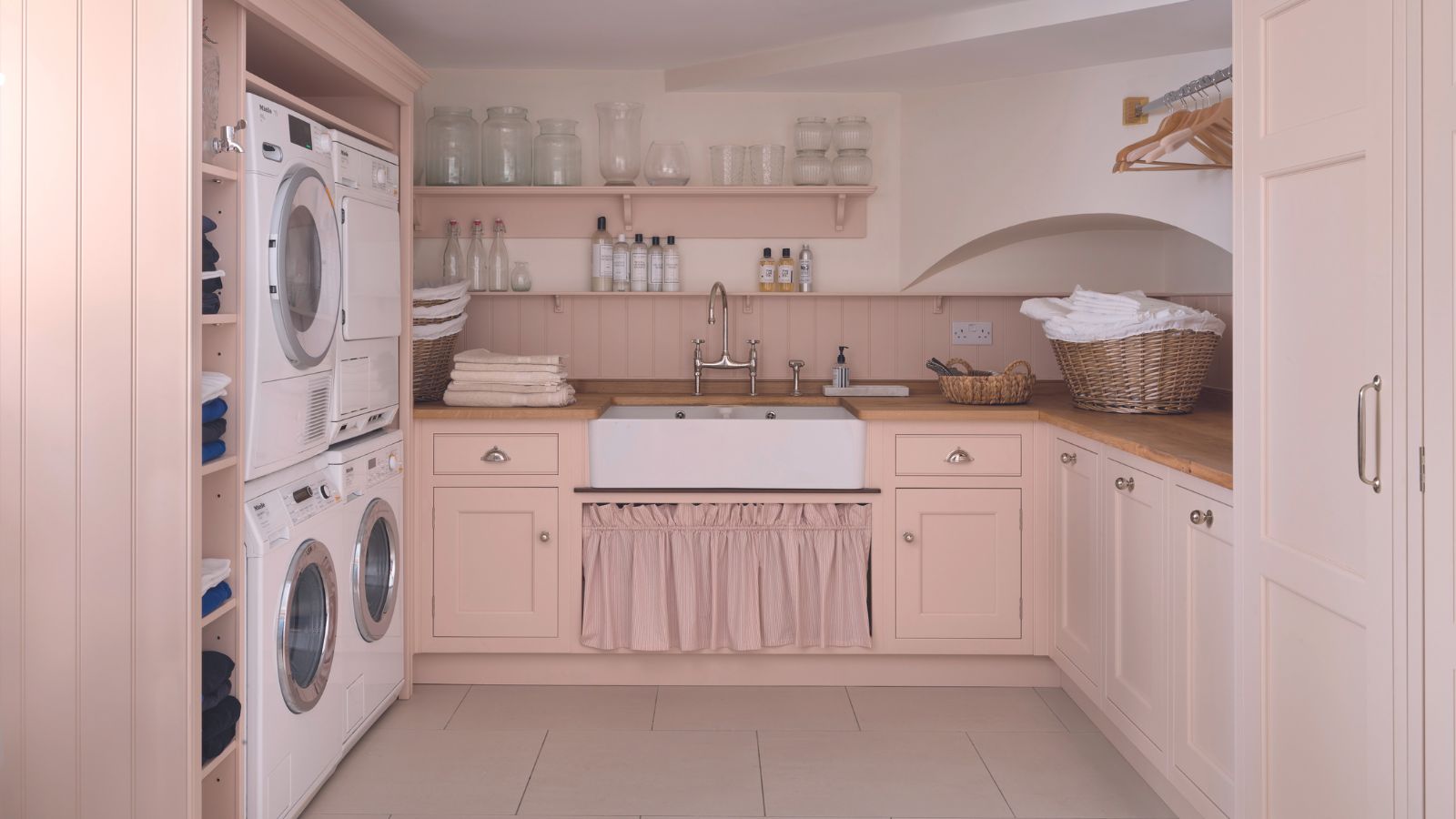
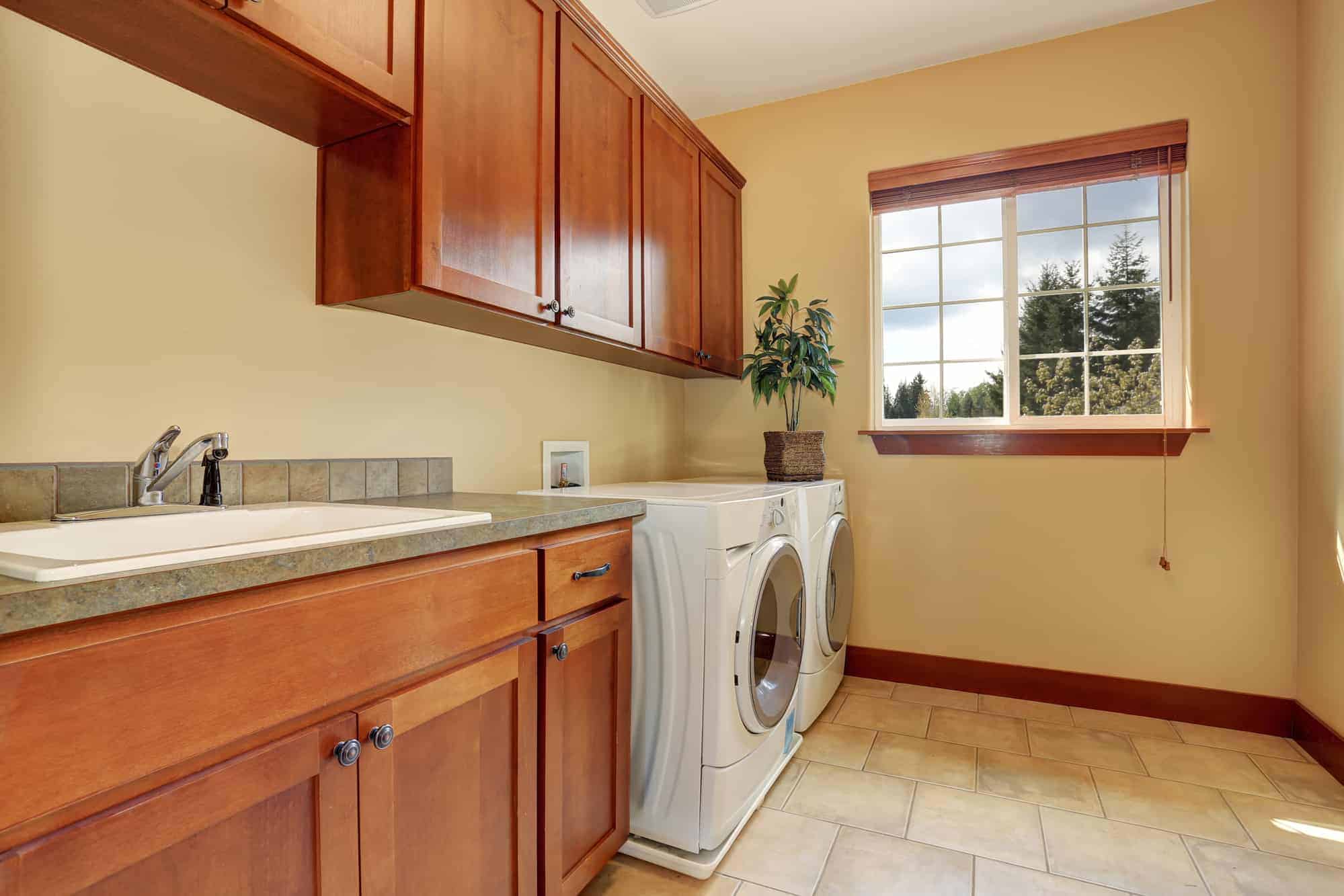
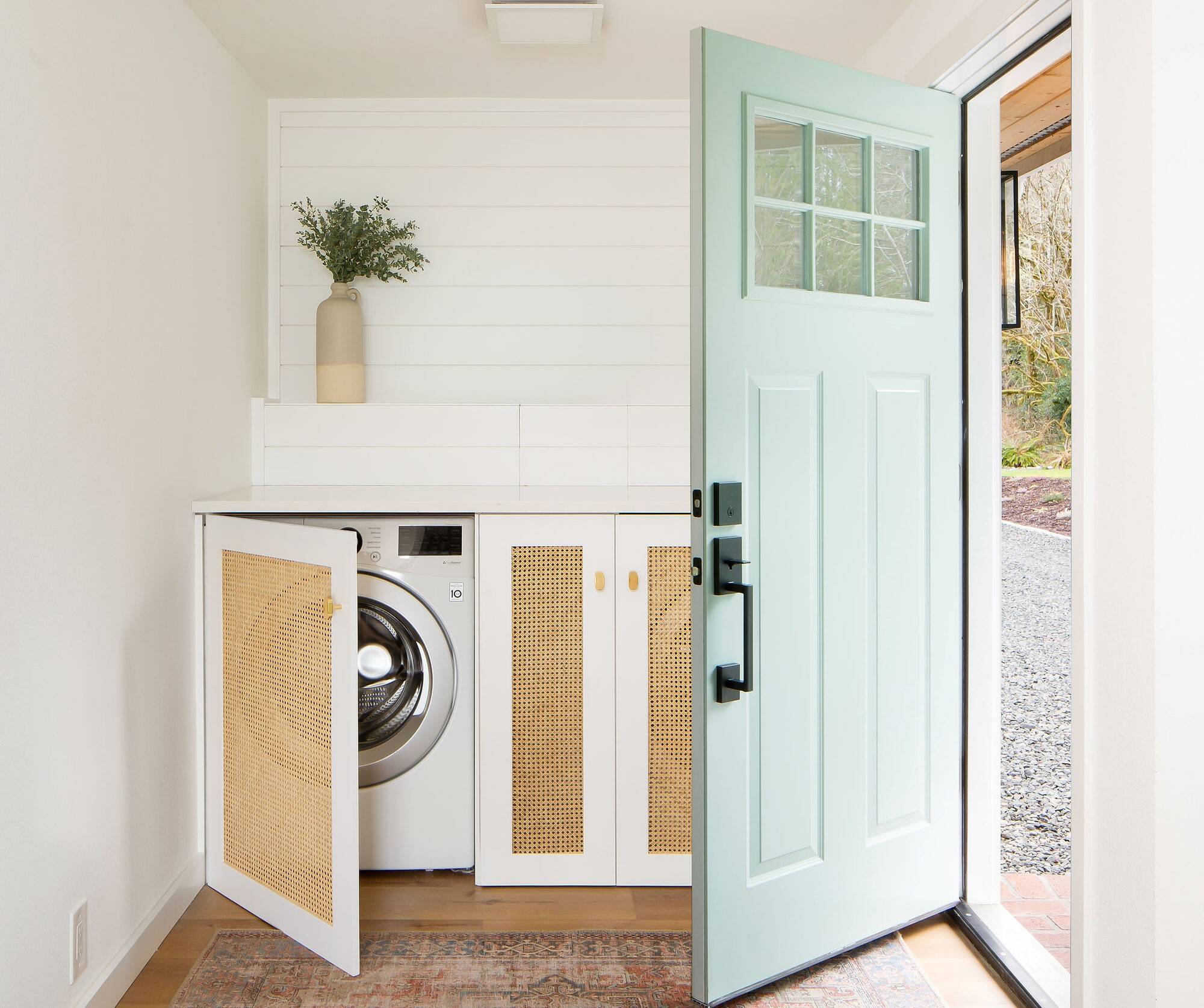
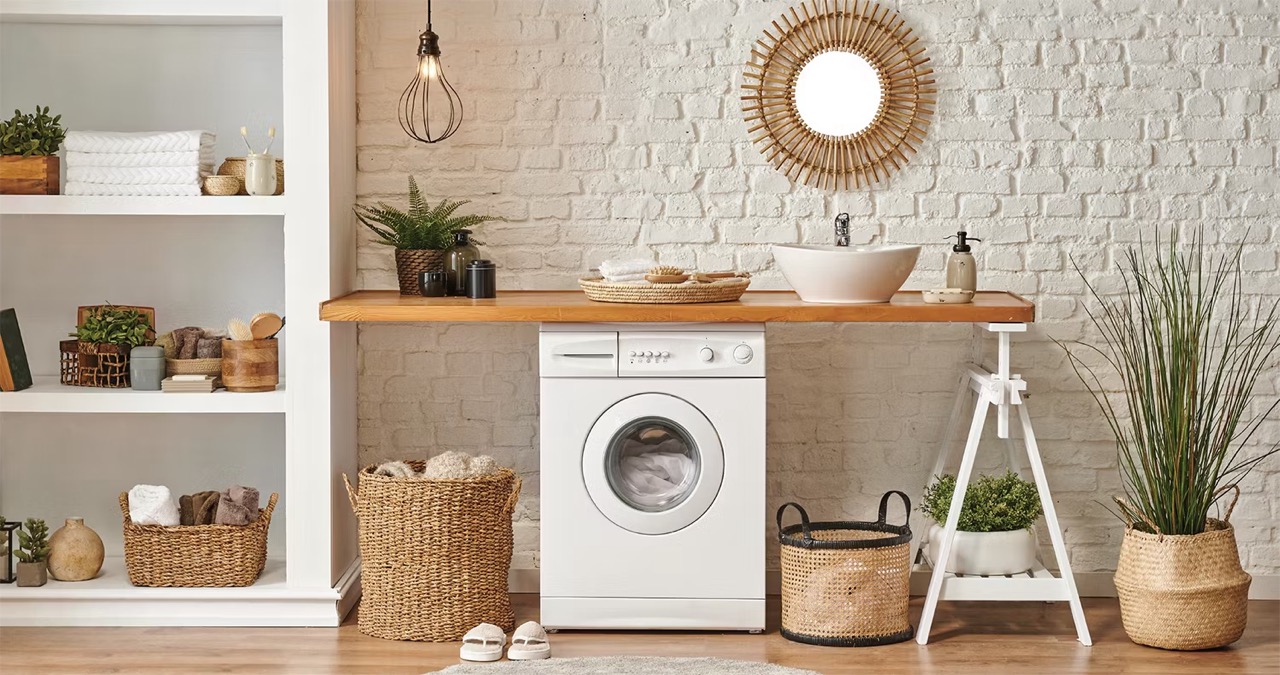

0 thoughts on “How Big Should A Laundry Room Be”